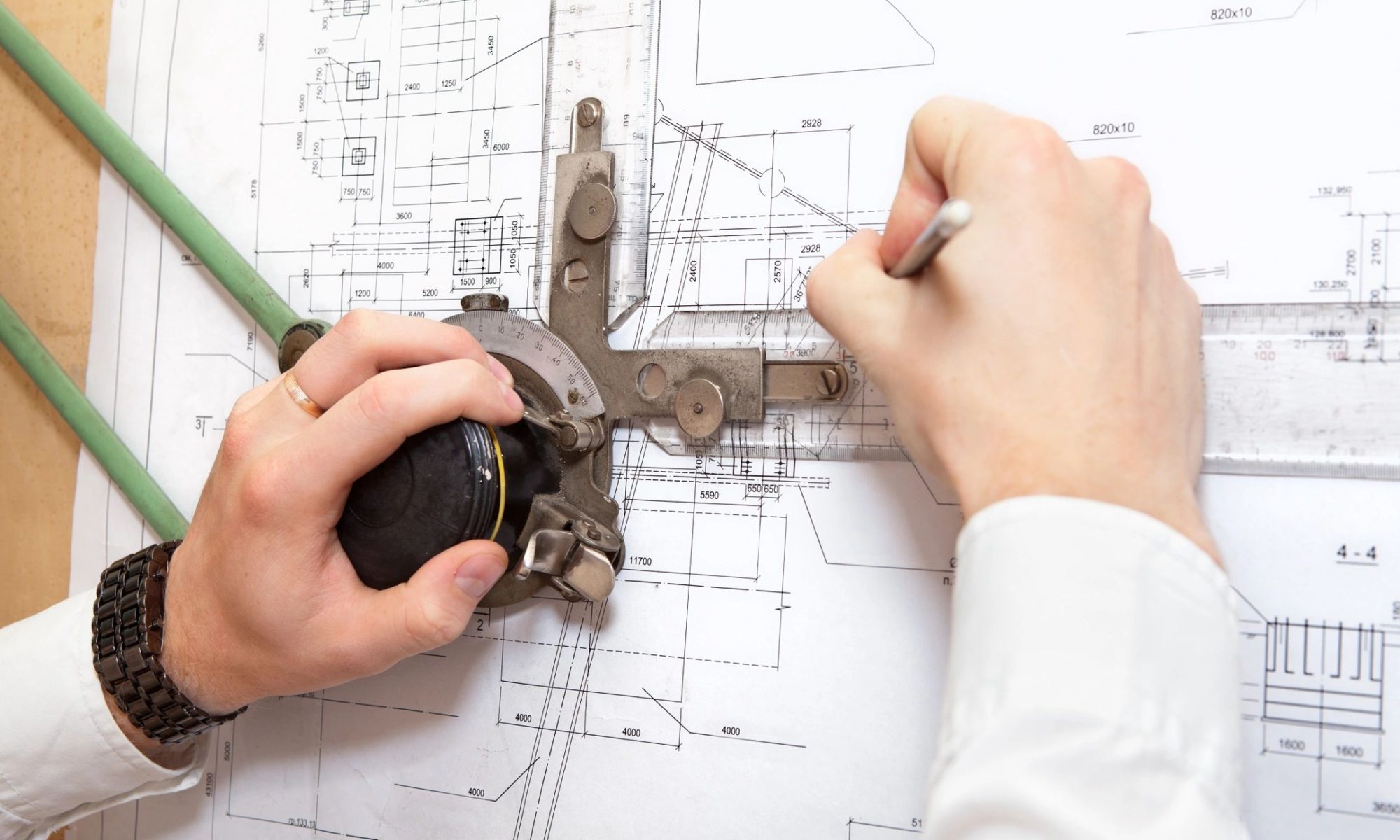Traffic Plan
Traffic Plan, are sort of like trusted guides who escort you safely through a wilderness of potential danger in an alien land, although in this case, it’s a detour of you and your car around road repair work or an accident scene.
The basic goal of any effective traffic control plan or TCP as it is sometimes called is to permit contractors to perform road work in a public right-of-way efficiently while maintaining a smooth and safe flow of traffic around (or sometimes through) the site of the work.
TCP’s usually use construction traffic drawings with ink or visibly portrayed using computer graphics.
Each Traffic Plan needs to consider the public interest, which must be satisfied to the highest degree and the least possible disruption, maintaining a healthy safe traffic flow around road work with as little delay as possible. This includes vehicle traffic, bicycle, pedestrian and emergency responders (fire and ambulance).
The engineers at City Rise Safety Services, California’s best traffic control traffic safety company, are specialized in the design of TCP’s.
A TCP is a combination of directives that take into consideration the size and scope of a particular road project, the type of traffic normally present at the site including road traffic, sidewalk pedestrians, bicycle riders and sometimes even trail hikers. The plan must also account for the potential changes in a road project. In that way, a road repair project can be a bit like a snake.
Road projects can move, and they can change locales. As road workers accomplish work, they might move to a different segment of the work site. The TCP accounts for these changing multiple phases of roadwork.
Central to any TCP is “flagging,” the person who is point-of-contract with drivers. After signs warning drivers a road construction project is underway up ahead it is the flagger who signals them to either slow their speed or come to a complete stop.
Each TCP involves the use of several techniques.
One is the use of aerial photos showing the scope of road work to be done and the overall layout (physical features) of the site.
Plans outline in detail where “channelizing” devices will be used to redirect auto, pedestrian and bicycle traffic around a site including the use of red traffic cones, warning signs, arrow boards, barrels, signal towers, barricades and others. If sidewalk space is to be impacted by the work, signs and barricades will direct pedestrians around the site.
If road lane closure becomes necessary the plan has to account for it and provide an adequate alternative that keeps traffic moving, for example providing a detour to an alternate road. The plan is a sort of blueprint, but one based on realities, not guesswork, for instance, how many cars pass a given spot under normal conditions every day at different times of the day. The location of traffic control equipment, signs, and barriers and the personnel needed to redirect traffic are all shown in detail as well as buffer zones and other needed specifics at the site.
The TCP has to be spot-on.
Are there underground installations that will be impacted by the work, are there trees that need to be removed? What grading will be needed if any?
Engineers take this bewildering array of information and using their training and years of experience, compile it all into a working document that does two major things, allows work to be safely performed on a road, so the road can be used by drivers to get where they need to be.
City Rise Safety Services is your complete traffic control traffic safety company and will design a specific plan individually tailored for your road project. The company also features a complete line of traffic control products and rentals.
For a quote call (844) 328-1936 or go to https://cityrisesafety.com/.
Traffic Plan
Services page: https://cityrisesafety.com/pages/plans

